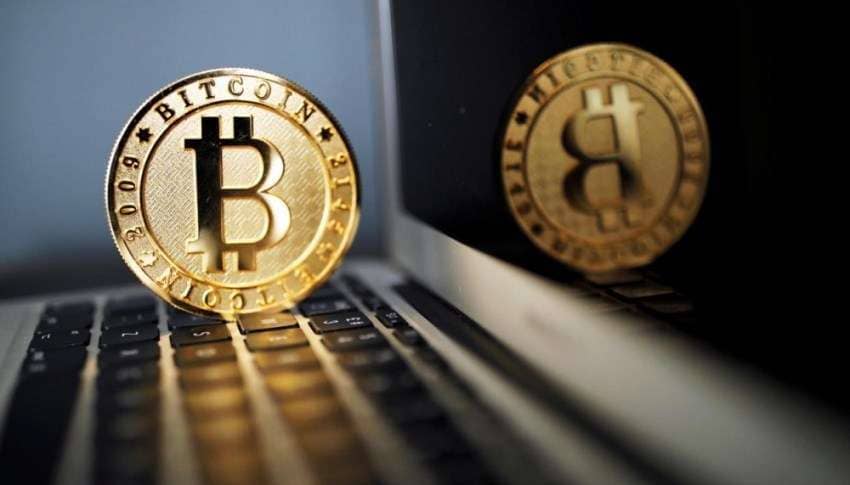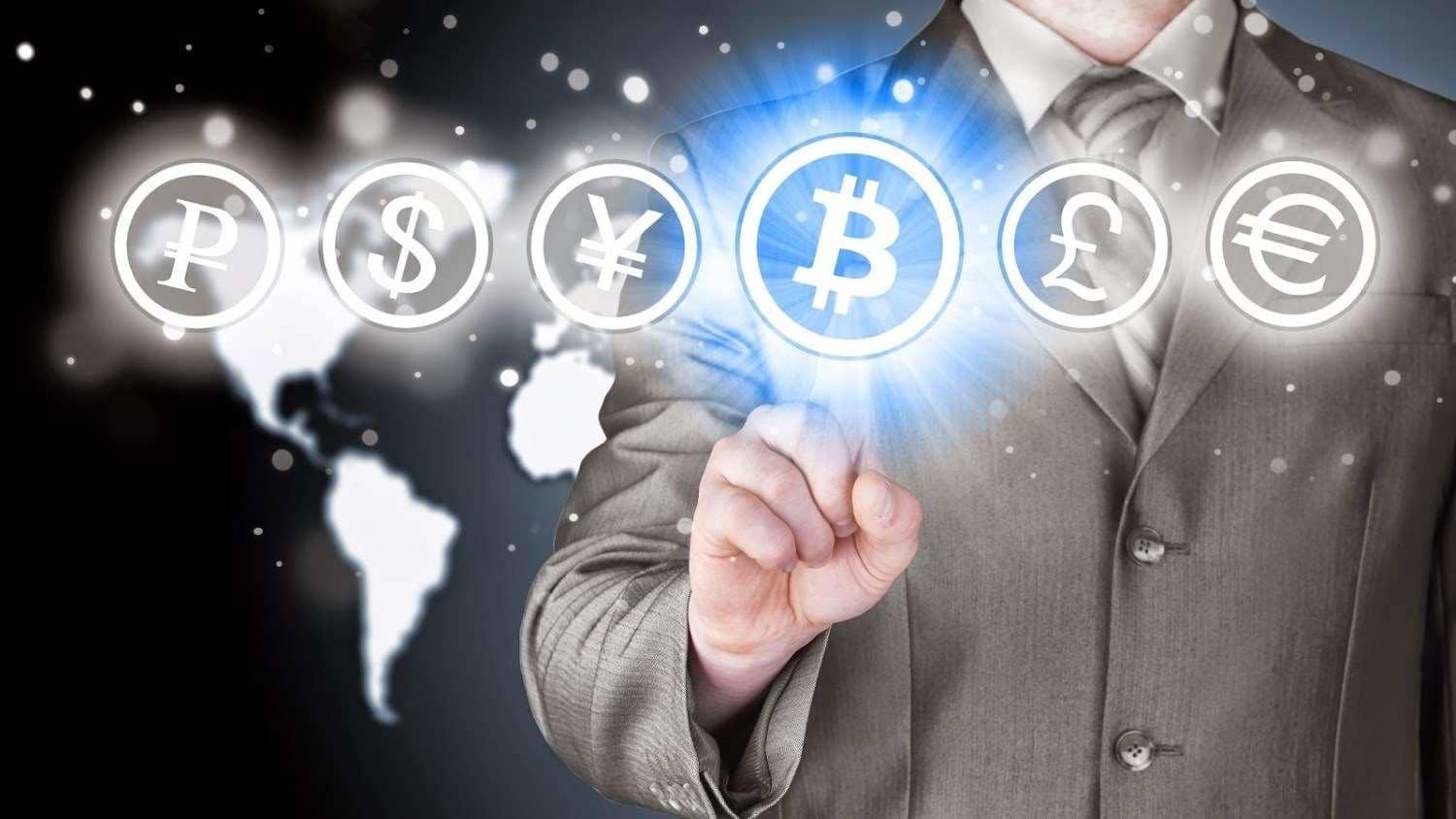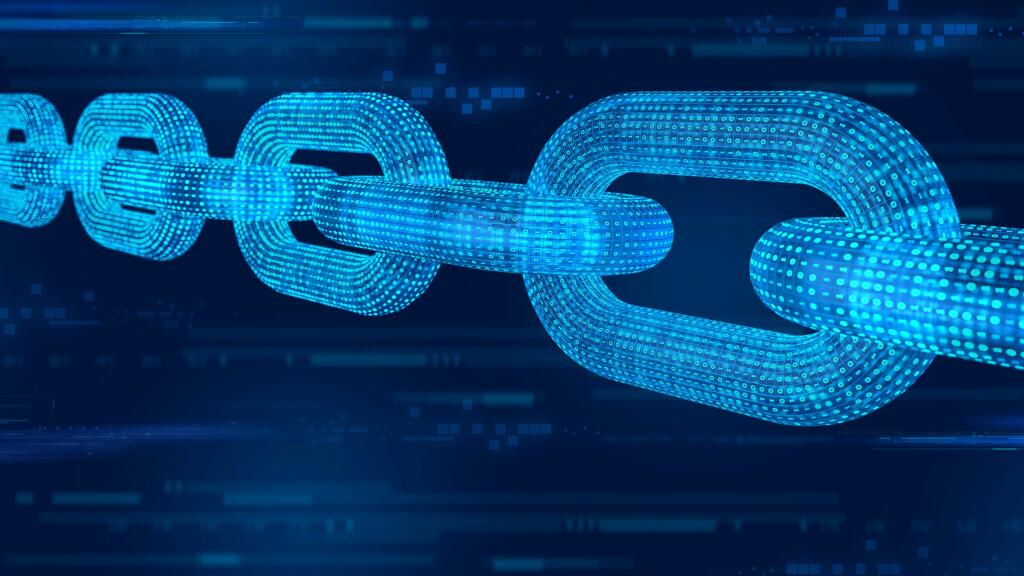Content
True to its name, a payment processor is the entity that processes payment transactions. They also manage the process of settling the funds – moving funds from the consumer’s bank to the merchant’s bank. Acquiring banks have relationships with the card networks, such as Mastercard and Visa. They enable merchants to run card transactions on the networks and accept financial responsibility for that activity. While you could build a payment gateway from scratch, it would probably be too expensive to be worthwhile.
- It charges 2.6% plus 10 cents per in-person transaction and 2.9% plus 30 cents for online transactions.
- The information travels through your payment processor, which provides credit card processing from issuing bank to acquiring bank for approval.
- While low processing rates may seem great, you shouldn’t choose a credit card processor based on rates alone.
- After you set up your account and add your products, you can embed customizable buy buttons on your sales channels.
- Without them, you might be scammed by customers using fraudulent information or who don’t have enough money in their accounts to cover their purchases.
- Payment gateways can be digital, like what you see at an online checkout when it asks for card details, or a physical POS device where customers can swipe their cards.
- Today, billions of transactions happen within seconds between merchants, processors, card networks, and banks.
Without a payment gateway, you wouldn’t be able to verify credit card information while completing online sales. But payment processors play an equally vital role; without them, you couldn’t request and receive payment https://xcritical.com/ from the customer’s account. As you can see, it’s not really a case of payment gateway vs. payment processor vs. merchant accounts. To successfully manage the payments process, all these elements need to be included.
Payline Data
Extra setup is required to get all of these going, but offering more payment options during checkout may increase your conversion rates, so it’s worth it to implement more over time. At minimum, these credit card processing companies needed to accept all major credit card brands. Google Pay is a digital wallet that makes it easier to interact with payment gateways. Instead of carrying around a credit or debit card, users can store encrypted card data on their phones, allowing them to safely pay without having their cards present.

The term merchant acquirer, or simply acquirer, typically refers to what is also known in the payments industry as an acquiring bank. This is the bank that holds a merchant’s account, accepting the deposits from the merchant’s sales. The difference between merchant acquirers and payment processors can sometimes be confusing. Both entities are critical partners for merchants and payment facilitators.
What Is a Payment Processor and How Does It Work?
A payment processor uses that information to charge the customers’ bank or credit card provider. In online stores, payment gateways are the “checkout” portals used to enter credit card information or credentials for services such as PayPal. In physical stores, payment gateways consist of the point of sale terminals used to accept credit card information by card or by smartphone. A payment processor functions as an intermediary between the merchant and the customer’s bank. When a customer uses their card to pay for a purchase, the payment processor receives the transaction details from the merchant and relays them to the issuing bank.

This article is written like a personal reflection, personal essay, or argumentative essay that states a Wikipedia editor’s personal feelings or presents an original argument about a topic. Many or all of the products featured here are from our partners who compensate us. This influences which products we write about and where and how the product appears on a page.
An introduction to local payment methods
I am an avid traveler, conference speaker and love to attend any event that allows me to learn about technology. I am fascinated by anything related to digital currency especially Bitcoin and the Blockchain. Ideally, every merchant should get their own merchant account and negotiate their own terms with payment processors.

Then the acquirer pays the merchant through their designated merchant account, which is a bank account. Essentially, payment gateways are like middlemen between the third-party payment processor/merchant account and the credit card companies. It’s a type of software that handles the technical side of transferring cardholder information. If you don’t have a payment gateway, then you won’t be able to receive payment from your customers, even if all the other elements are in place. Thus, payment gateways and payment processors work closely together to process customers’ credit card payments, ensuring their smooth and secure flow from start to finish. Setting up multiple payment options can take a lot of time and effort if you’re not well versed in payment gateways and online checkout details.
Most Recent Articles
A payment processor is a company that manages the credit card transaction process, acting as a kind of mediator between the bank and the merchant. Put simply, the payment processor communicates information from your customer’s card to your bank and the customer’s bank. It costs money to build, maintain and operate the networks along which the data and money flow. The companies that do this work — card issuers, networks and payment processors — charge merchants for using these networks and services. Most payment facilitators offer integrated payment gateway technology as well, but there are also stand-alone payments gateways.

And, in between lies the technology that bridges the two of you. I kept my eye out for platforms with reasonable fees for the features they offer. An authorization only transaction is one in which a pending transaction is placed on the account of a card user, which is settled at forex payment gateway a later date. Investopedia requires writers to use primary sources to support their work. These include white papers, government data, original reporting, and interviews with industry experts. We also reference original research from other reputable publishers where appropriate.
Contactless payments
If they do, then the payment processor authorizes the transaction and the payment is sent to the business’ account, and if not, the transaction is rejected. Are the software interfaces that handle communications between the cardholder, the payment processor, and the issuing bank. All-in-one payment platforms like Square and PayPal may combine gateway and processing services in a single package. The biggest downfall with payment processing through a third party is the lack of security. It is important to remember, however, that while you do not pay startup fees or monthly fees with a third-party payment processor, they still have to make money somewhere. They make up for their lack of fees in their per transaction percentage fee.
Opening the black box of payments
Cloudflare helps us mitigate DDoS attacks of all forms and sizes and enhances the security of our platform. Nearly 50% of US shoppers say they won’t shop at a store that doesn’t offer a cashless way to shop. According to Visa, Tap-To-Pay transactions have grown 30% over the past years. Between lies the two technologies that allow you and your customer to make a transaction. As soon as you land on the dashboard, you’ll realize that Stripe has depth. Developers will feel right at home, but what about those of us that don’t know how to make an API call?
